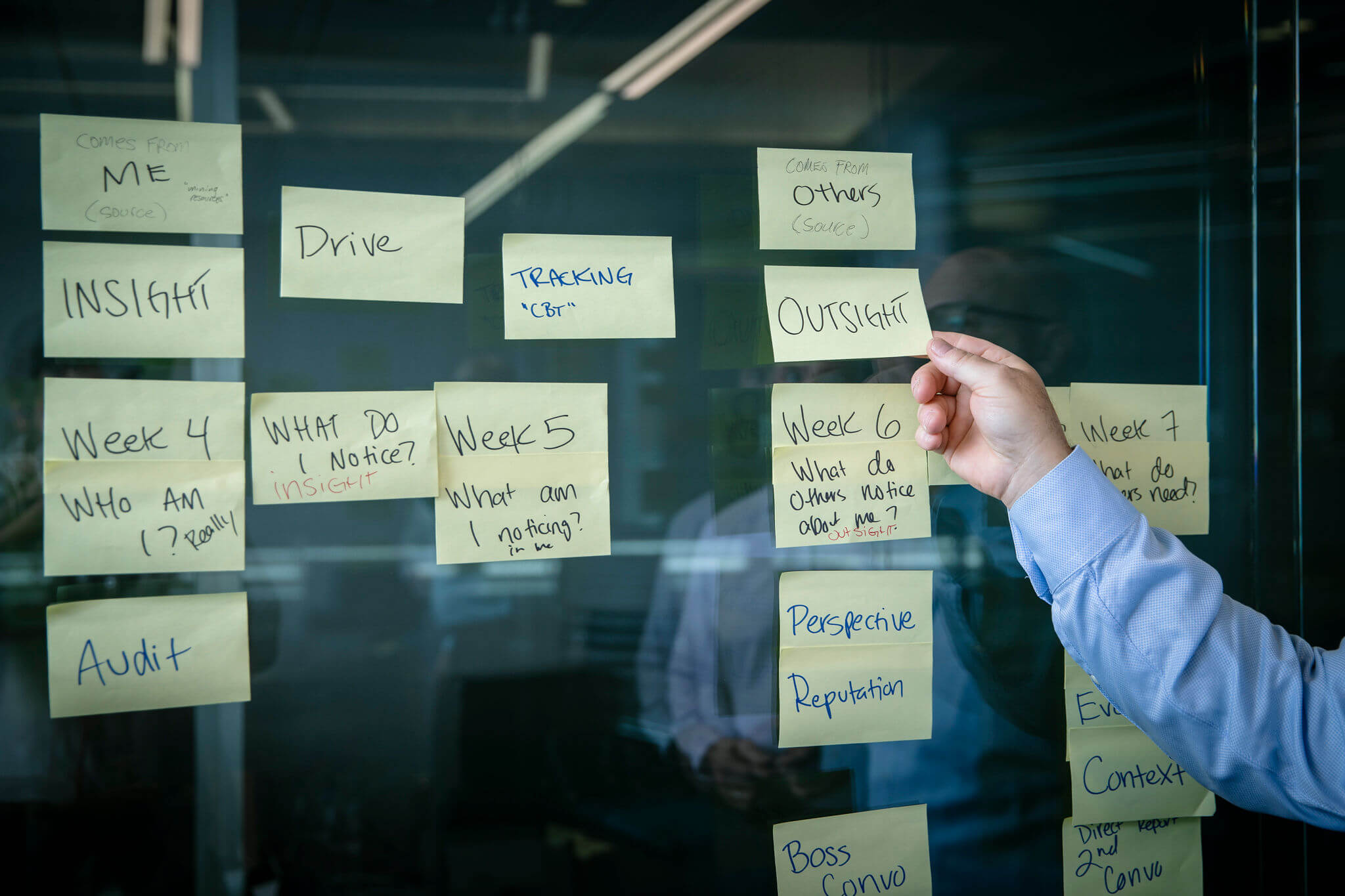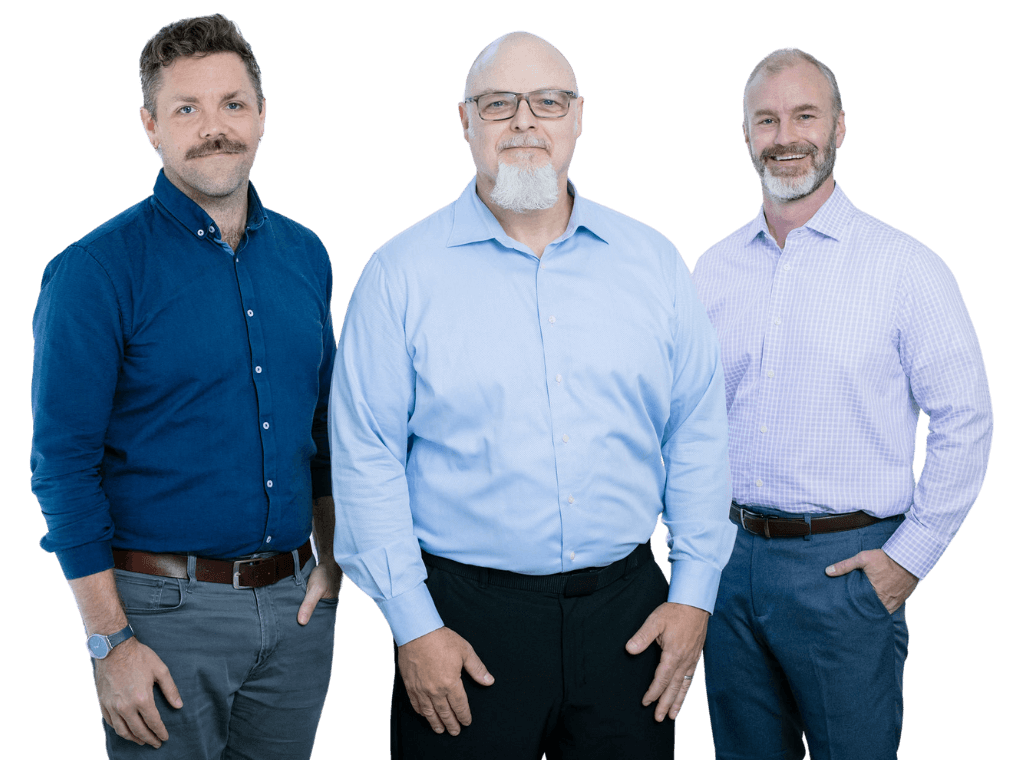I am an executive coach, so I’m biased when I say that executive coaching is a fantastic tool for leadership development. It’s hands-on and personalized to the client, allowing for deep exploration and tailored solutions. However, executive coaching often focuses on the short-term, solving urgent challenges or tackling immediately relevant goals.
This short-term focus makes total sense.
Executive coaching can be a significant investment, and executives are generally quite busy. So companies and clients frequently seek rapid improvements to justify the investment of time and money. Unfortunately, focusing on short-term results can hinder the development of deep, transformative changes in leadership behavior and mindset. That positions executive coaching more as a one-off, solution-focused stop-gap and less as an engine of real growth and development that enhances team performance and builds a strong leadership bench.
Is the answer for coaches and their clients to lengthen coaching engagements to support skill-building and establish habits? No. Longer coaching engagements further exacerbate the time and money hurdles to investing in executive coaching in the first place. They also create dependence on the coach. A year or more of coaching and a six-figure investment don’t guarantee a better outcome.
The solution to these challenges isn’t lengthening the coaching engagement but coaching differently.
What do I mean by coaching differently? Let’s back up a half-step to talk about leadership and the purpose of executive coaching. Leadership is an adaptive challenge, not a technical one. It’s about understanding context and using your strengths to motivate people to work together toward a common objective. It’s not a math equation, and there is no set solution. Once you think you’ve “solved leadership,” the context, people, business objectives, etc. change. What started as an effective solution soon loses relevance and impact.
Coaching differently then means helping leaders focus less on specific goals and solutions. Instead, they focus more on learning to choose the right goals and generate solutions no matter the context or situation. We want leaders to continuously learn, apply what they know, adapt to the world around them, and mature their approach as they grow and develop.
What does this mean for coaching?
With this learning approach in mind, executive coaches serve leaders best when they help them understand the context they’re leading in. We take the people, environment, goals, and themselves, and translate that information into influence and team performance. One of the most potent tools to build that understanding and influence is what we call a “leadership learning model.”
A leadership learning model is a framework that helps leaders continuously learn about themselves, their team, and the business, and then use that learning to boost team performance. It includes methods for:
- Gathering useful information about oneself, one’s team, and the business.
- Translating that information into strategic, impactful actions to boost team performance.
- Reflecting on the result of those actions and starting the information-gathering process all over again.
The leadership learning model approach has several advantages over traditional leadership development methods like 1:1 executive coaching, mentorship, and skills training. Leadership learning models are structured yet personalized, support adaptable skill-building for leading into the future, and provide leaders with a self-coaching framework that continues their development long after coaching has ended. These differences mean that a leadership learning model approach to coaching offers rapid, personalized transformation and helps leaders effectively adapt to future change.
How has this leadership learning model approach changed how we coach at The Catalano Group?
For one, we don’t do 360s anymore. 360s are a feedback snapshot delivered to the client. The client doesn’t do any work to get the information, and the relevance of that information changes as soon as the environment around the leader changes. Instead, we support leaders in sourcing feedback and gathering perspectives from people around them by helping them create psychological safety for their teams and network. This allows them to conduct their own “360” at any time and get useful, real-time data from questions like “How am I doing?” and “What do you need?”
Second, we’re more systematic about our coaching. We coach leaders using a proprietary leadership learning model that we call IOTA. IOTA stands for Insight, Outsight, Target, and Action. These four elements support leaders in learning about themselves and others before translating that information into small yet meaningful actions. With IOTA, we conduct a personality assessment and debrief to help them understand who they are and how they show up. We also guide them through having conversations to better understand how other people view them and learn others’ needs. In addition, we help them process all of the information they’ve gathered to uncover potentially meaningful actions. We then help them take and measure those actions. Finally, we have them start back at the beginning to gather information about how they showed up, what they accomplished, and what actions might be next.
Third, we empower our clients to coach themselves. As clients learn IOTA, the four elements become ingrained in how they interact with others and navigate day-to-day work. They find themselves asking, “How can I put my best foot forward?” “What does my team need right now?” “What’s really important to me, my team, and the business?” and “What small change can I do to produce a meaningful impact?” They do this on their own, coaching themselves and asking the questions we would ask them. In this way, clients learn to self-coach, which reduces their reliance on us and their company’s reliance on coaching.
This updated approach to executive coaching helps us squeeze a lot of value into a short period.
Companies still get a short-term, cost-effective solution, and our executive clients get a set of tools that build confidence, help them adapt, and power their development for years to come.
Recent executive coaching clients have even reached out to us well after coaching has ended to tell us how they’re still using IOTA and share successes around communication, engagement, collaboration, and team performance.
If you’d like to learn more about executive coaching and how to get your leaders the support they need for long-term growth and success, contact us.



